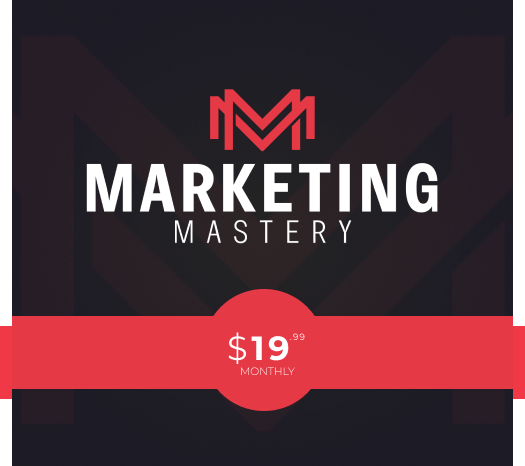Once people make a decision, they typically remain consistent with it.
If you can get one "yes," they are more likely to get subsequent ones. This is particularly true if your initial request is somewhat small. Use consistency principle to ladder up to their ultimate ask, making it much easier to get an affirmative answer.
Maintaining this consistency is easy. It doesn't require any subsequent thought time or further analysis. It also feels right. There's a certain comfort in doing something again or in the same way. And it doesn't subject us to the personal or professional embarrassment of being accused of flip-flopping. People like to be thought of as following through on what they say they will do, and of being a person of their word.
There are many ways to trigger commitment and consistency. You can do so in a single communication or over a series of them. And you can aim for immediate agreement, yeses, or a commitment that will pay off in the future.
People like what they say and do to be in sync, especially if what they have said was public. When those two things do not match, people can experience cognitive dissonance. Which is psychologically and physically unpleasant.
As a result, people will often change their behavior to match what they have gone on record as saying.
Ways to apply consistency bias in your marketing…
Invite people to take a poll or survey prior to asking them to purchase. Encourage follows, likes, retweets, and views, which are easy ways to say yes.
Ask for other low-commitment first steps-such as download a white paper or guide, watch a short video, or sign up for an e-newsletter.
Encourage potential customers to pre-register their interest before product comes out or before your event registration is open.
Offer trial memberships, starter kits of your products, and free limited functionality versions of your service. This will not only activate the endowment effect (see Chapter 2), it can also trigger the commitment and consistency principle, paving the way for your next ask.
Let people "test drive" or try before they buy.
Offer a satisfaction guarantee or return policy that will encourage people to make a purchase.
Remind people they previously said yes to you or made a smart decision by buying from you. Once they've made the commitment, they're more apt to keep it.
Point out how a prospect's values are in sync with yours or how your product supports what they care about.
Get your target to sign a petition, or to publicly register their interest or support.
Send abandoned cart emails, return to finish messages, or alerts that something your prospect viewed is now on sale/running low in stock/just added a new feature, color, or size.
Market add-on products that complement a recent purchase, and upgrades to services you offer.
Retarget prospects who spent time on your website but left without purchasing.
Use softer language that doesn't sound final and decisive (which can scare people off), such as try vs. subscribe, or get started vs. buy, or take the next step vs. enroll.



Connect with Jesse Grillo online and on Social:












